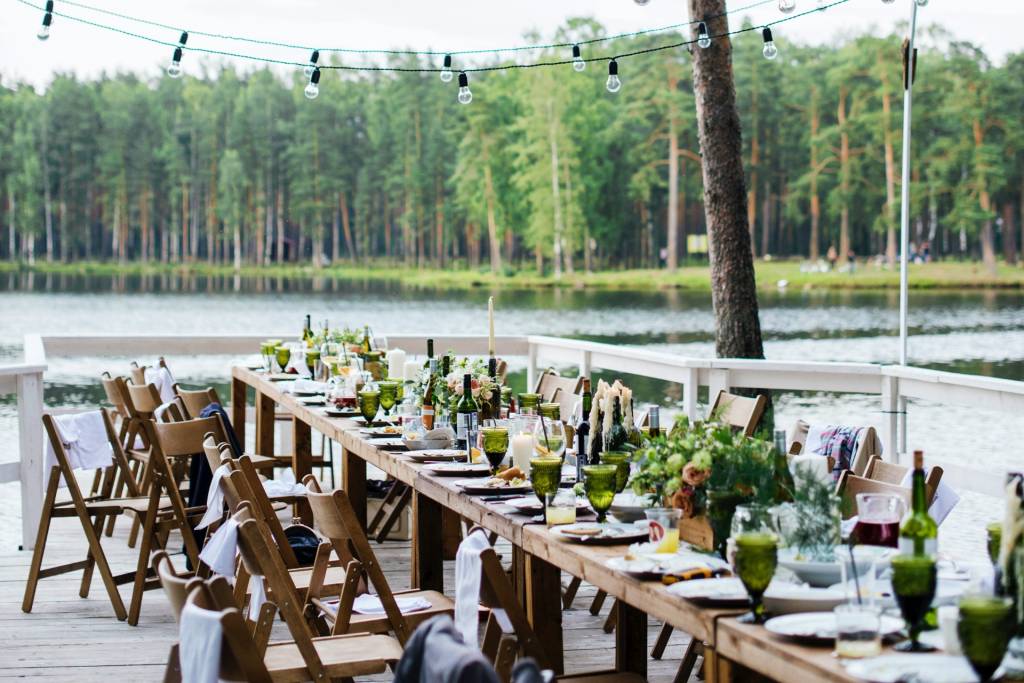No man is an island, as the saying goes. Well, neither is a business! For your business to be successful, you need to build relationships with people. It’s those connections that can help you get leads, attract paying customers, and propel your company to success. To be successful, you should know how to network in a way that helps you build long-term professional relationships.
But networking is both an art and a science. You need to get creative, but also be strategic and have a plan. So how do you network the right way? Here are seven tips to help you:
7 Ways to Network More Effectively
Networking is all about building and nurturing relationships. In other words, your work doesn’t stop after you get those valuable contact details. These tips will help you create connections and develop them into long-lasting relationships.
Ready? Let’s get started!
1. Think of People, Not Their Positions
Don’t commit the mistake of choosing the people to connect with based on their job titles. Although it helps to know the CEOs in your industry, that doesn’t mean you should ignore people in other roles. Every person you meet could be a potential lead or someone who can promote your brand. Besides, you never know – that person you exchanged numbers with may just be the CEO someday!
Of course, you do need to strategize. If you’re at a networking event, plan who you want to talk to. But don’t be a snob. Building good relationships with everyone, regardless of position, is good for business and good for your reputation.
2. Offer a Way to Help
Any good relationship is about giving and taking. You can’t expect your connections to help you out without receiving anything from you. A healthy relationship is mutually beneficial.
So help where you can. It doesn’t even have to be related to business. Maybe that person you met at an event is looking for somewhere to eat dinner, and you know where to get the best steak. Maybe your new connection is looking for a place to stay in New York, and you know a great affordably priced hotel.
Your new contacts will appreciate these little things you do for them. So the next time you need the help, they won’t hesitate to return the favor.
3. Build a Relationship Before You Ask for Help
Don’t ask for help from someone you’ve just met. You need to get to know them first and have invested time and effort in nurturing the relationship.
After you’ve exchanged contact details, keep in touch occasionally. Invite them to lunch if they’re in town. Comment on their latest blog post. Show them you’re genuinely interested in maintaining the relationship. When you’re comfortable with each other, you can ask for a favor and be confident they’ll help you if they can.
4. Use Social Media
According to Statista, over 3.4 billion people were social media users in 2020. And that figure keeps increasing.
There are many social media platforms you can use for networking. LinkedIn is the largest professional network, with 740 million members. You can find people by name or by the company they work for.
Twitter is also a potent networking tool. In fact, you can use almost any social media site for networking. The key is to know how to use them right.
On LinkedIn, start by sending a connection request. Explain who you are and why you want to connect with them. You may have seen them speak at an event or read something they wrote. On sites like Twitter and Instagram, all you need to do is follow the person you want to reach.
Once you have your social media connection, start engaging with your contact’s posts. Don’t forget to keep your own feed updated, too. Keep gently reminding them that you exist. That way, you’ll be top of mind when they need someone who does what you do.
5. Do Your Research Before Networking Events
If you’re attending a networking event, make sure you do your research to maximize your time there.
You can find information about event attendees in many ways. For example, you can ask the organizer for a participants’ list in advance. You can also follow the event’s hashtag on social media, if it has one. Once you have your list of attendees, Google them or search for them on LinkedIn, and make a list of the people you’d like to network with.
Read their work and check out their social media channels. The idea is to know as much as you can about them so that when you get to the event, you’ll have something to talk about.
6. Always Follow Up
It’s difficult to leave a lasting impression on people in networking events. There are just too many people. And more often than not, there isn’t enough time to talk to everyone you’d like to. That’s why the follow-up after the event is crucial.
Send a follow-up email a day or two after the event to remind relevant people of who you are and build on the connection. Reference something you talked about or something memorable about you.
Never ask for a favor in your follow-up. Again, you need to nurture the relationship first before you ask for anything from your new contact. You might invite them for coffee so you can continue your conversation, or send them a link to an interesting article. Show you haven’t forgotten your discussion and that you’re interested in maintaining the relationship.
Lastly, before you send your follow-up email, make sure you give it a grammar check before sending it out to avoid any embarrassing typos.
7. Introduce People Within Your Network
Making introductions between relevant people can be a great way to start a conversation. If you find out your new contact has dealings in the company your friend works for, for instance, you might want to connect them with each other if they haven’t met.
You can also recommend people if your contacts are looking to fill a job vacancy. That’s a win-win for everyone. If all goes well, your connection will have a great new employee and your friend will have a new job. And you? Well, you’ll have won brownie points from both of them.
But be intentional in your recommendations. Remember that when you refer someone, your name is on the line as well as theirs.
Successful businesses are built on good relationships. But good relationships don’t just appear out of nowhere. They are sought, built, and nurtured. In other words, networking is critical.
But networking is much more than just giving out business cards. It’s about give and take, offering value, and maintaining contact.
In this article, I gave you seven tips to help bring your networking to the next level. Put in the time and the effort, and you’ll soon start creating those long-lasting relationships that will propel your business to success.
Image credit: Jakob Dalbjörn; Unsplash













